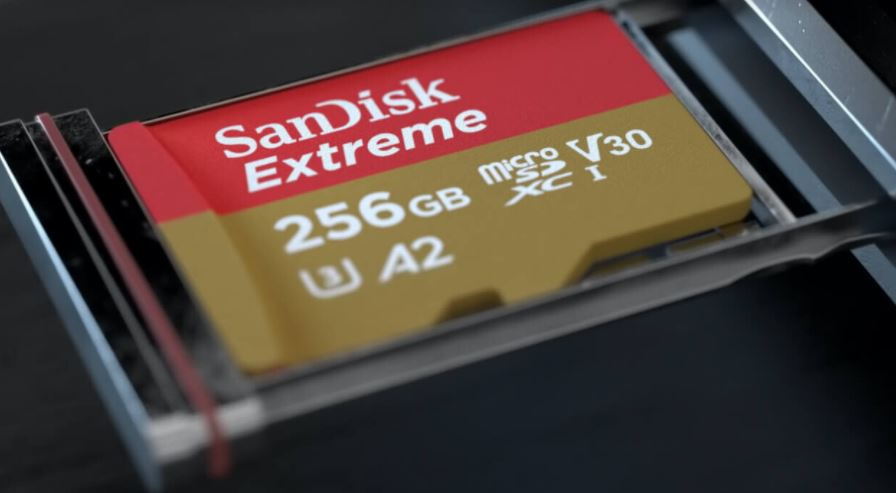Affiliate links on Android Authority may earn us a commission. Learn more.
5 ways a new PlayStation portable could build on the PS Vita and PSP
Published onAugust 28, 2021
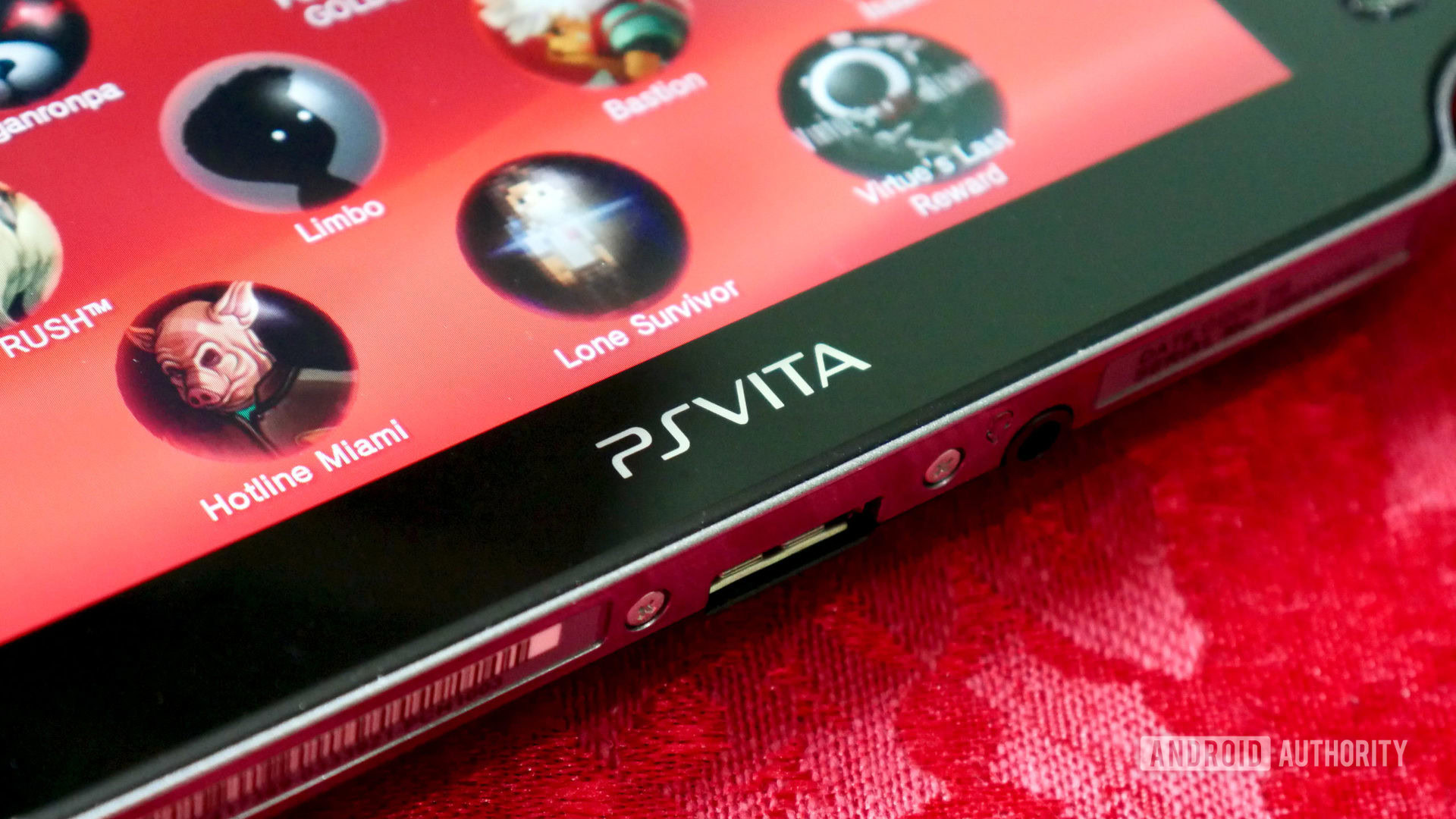
If Sony’s world-beating PlayStation brand isn’t competing with the Nintendo Switch in the handheld space, it’s not for lack of trying. Between 2004 and 2019 the company shipped three distinct handhelds: the PSP, PSP Go, and PlayStation Vita. There were also any number of smaller variants, yet none of them were able to dislodge Nintendo. In the case of the Vita, the Switch was merely the final nail in its coffin — the Vita’s specs were last updated in 2013.
Just catching up with the Switch would require numerous changes, never mind achieving the state-of-the-art gaming seen on phones, PCs, tablets, and living room consoles. But there are things Sony could do to build on the legacy of the Vita, and maybe even justify a dedicated new PlayStation portable in the 2020s.
1. Offer access to every PS4 and PS5 game — and PlayStation Now

When Sony was active in the handheld space, one thing it was fond of was scaled-down spinoffs of major PlayStation franchises. This included portable-based takes on God of War and Uncharted, as well as third-party franchises like Grand Theft Auto and Metal Gear Solid. Some of these were legitimately great, but as Sony’s history seems to show, branches off of flagship games aren’t a huge draw. All else being equal, you’d probably rather play the version of a game with better graphics, controls, and (frequently) content.
What might make the machine a killer is pairing it with an improved version of PlayStation Now.
That’s why a Vita successor would need to support as many PS4 and PS5 games as possible. Smaller screen and texture resolutions could help make this possible on mobile chips and displays, since even 1080p would look extra-sharp on a 7-inch screen.
What might make the machine a killer is pairing it with an improved version of PlayStation Now, a subscription service with both downloads and streaming. On paper, PlayStation Now should already be superior to Xbox’s Game Pass and Cloud Gaming, since it includes a larger library of titles — including some dating back to the PS2 era. In practice, it’s a weak sell, since it doesn’t offer any current-generation games or day one releases like Xbox’s popular service. Fixing that would mostly just be a business matter, and since Now isn’t accessible on Android or iOS, making the upgrade could help push people towards Sony hardware in general, including any potential new PlayStation portable.
2. Internal (and non-proprietary) storage
One of the most antiquated aspects of the Vita — both now and at the time of launch — is its storage scheme. The product initially shipped with zero internal storage, and when it did get some with the 2013 revision, it was stuck with 1GB. Realistically, you had to buy a Vita-specific memory card sized anywhere between 4GB and 64GB.
This was a consequence of Sony’s infamous preference for proprietary formats — the company used to push technologies like Betamax, MiniDisc, and MemoryStick long past their actual usefulness. From Sony’s perspective, this offered maximum control with the chance of catching on as an industry standard. Consumers, of course, only cared about features, compatibility, and price. It was the latter of those that really stung, too. The Vita memory cards were extortionately priced compared to regular SD cards.
See also: 5 things we’d want to see in an Xbox portable console
To stay relevant for modern games, a new PlayStation portable would have to sport internal NVMe storage like the kind on better tiers of Valve’s Steam Deck. It would also need to support non-proprietary SD cards as a way of keeping up with expanding libraries. These, in turn, would likely have to be based on the SD Express standard — anything less might handicap compatibility with PS5 games, which exploit the high speeds of the console’s SSD.
3. Turn the rear touchpad into a front-facing trackpad
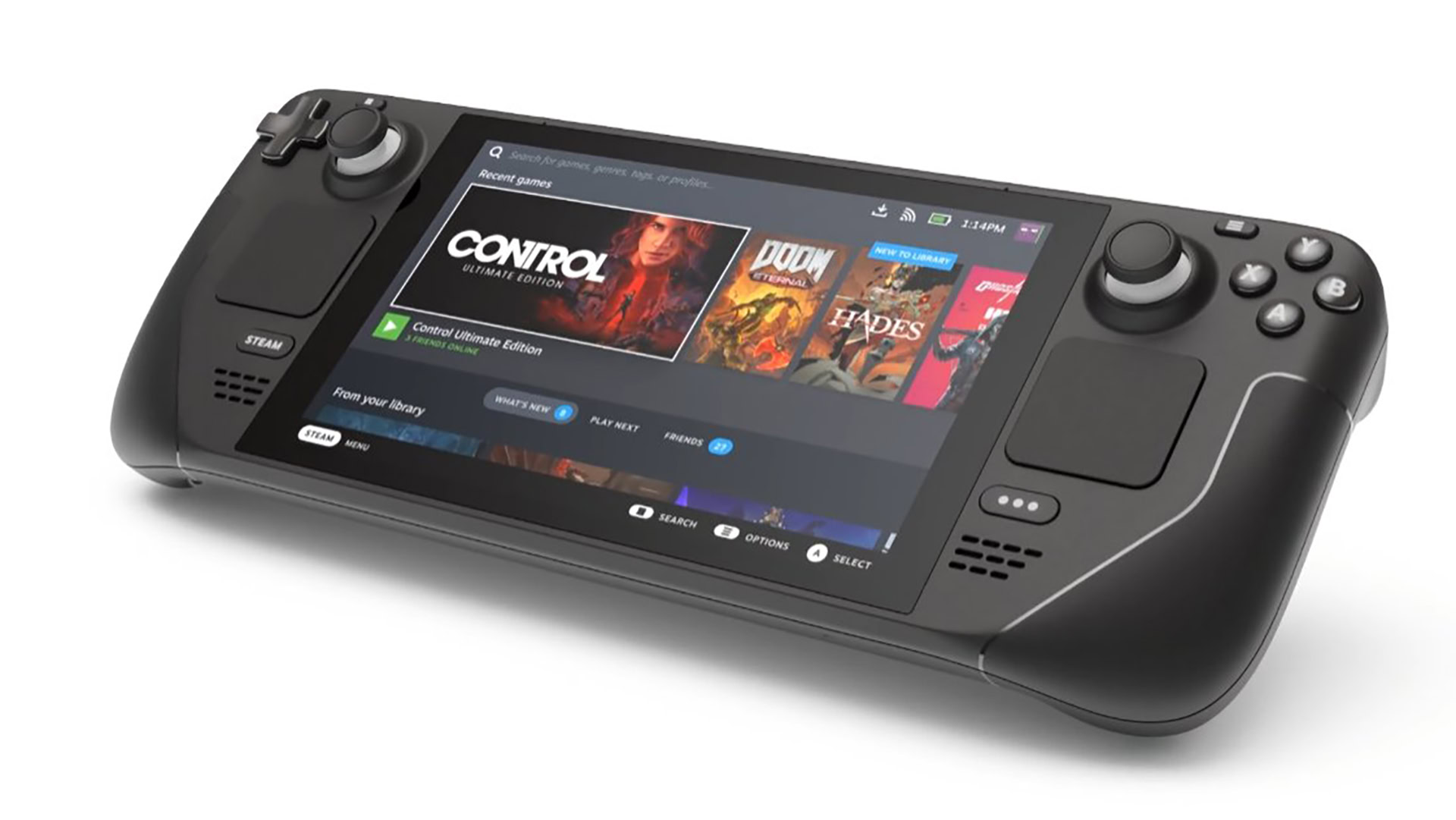
The Vita was arguably ahead of its time in terms of diverse control options. It not only shipped with a touchscreen and twin analog sticks, but motion sensors and a rear-facing “touchpad” for more precise input. The most closely comparable device is the still-unreleased Steam Deck (above).
Which Sony handheld(s) did you own, if any?
As anyone who’s used a Vita can attest, however, the touchpad was misjudged. Few developers saw reason to exploit it and even fewer implemented rear touch controls that enhanced the experience (Tearaway being the clear exception). It should never have been on the back of the product. It was impossible to see where your fingers were going and far too easy to tap the pad by accident.
There would be value in a front-facing trackpad though, mainly for strategy games and first-person shooters. The Steam Deck has not one but two, and can combine them with motion sensing for precise aiming and movement in FPS titles. Even a single trackpad would enhance any next-gen Sony product.
4. Bring DualSense haptics to handhelds
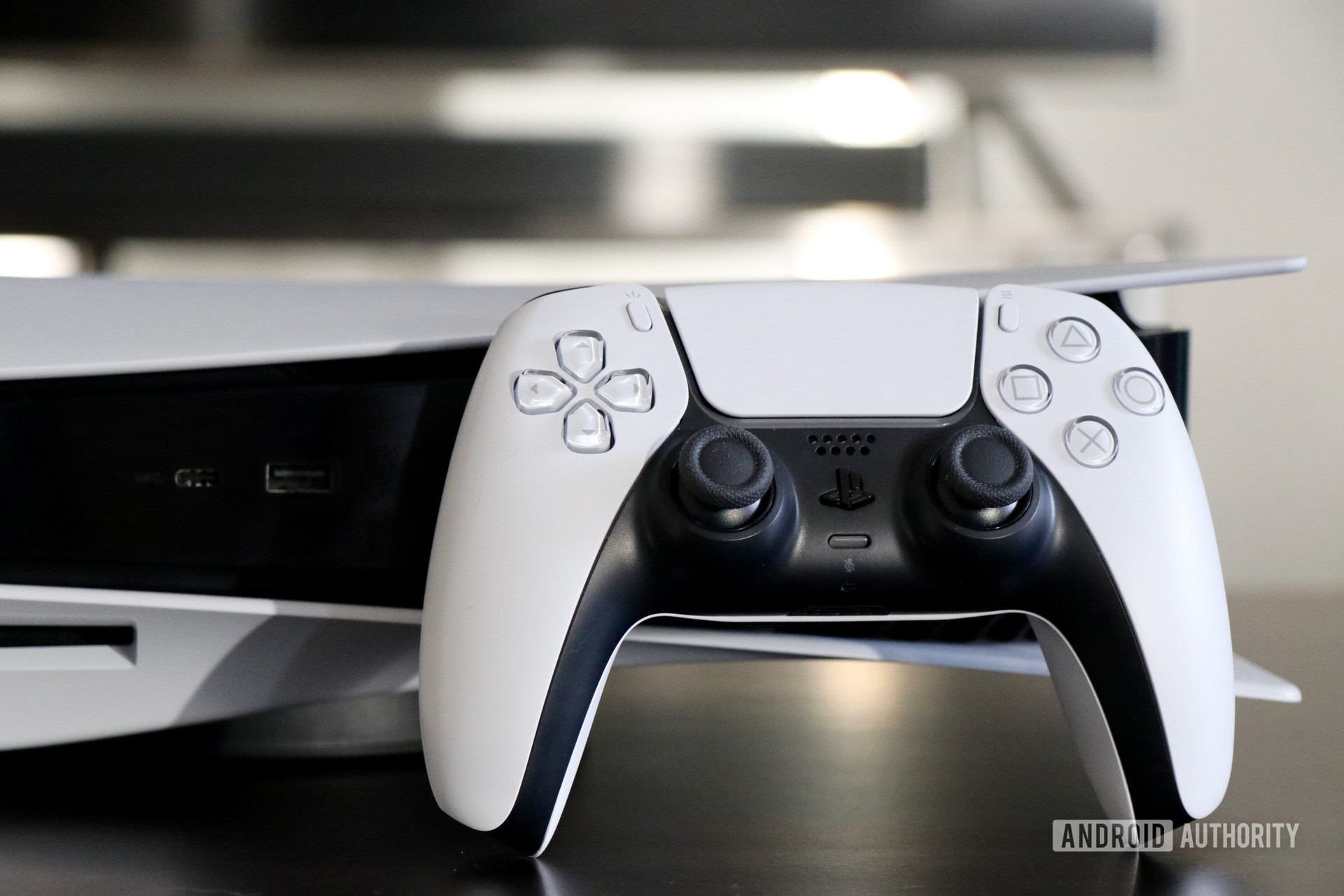
One of the surprise strengths of the PS5 is the haptics on its DualSense controllers. They’re simply revolutionary — you can feel the texture of different surfaces, and even get resistance to pulling the triggers. The tech isn’t always necessary or used to the utmost, but it’s something even Xbox’s boss has praised and hinted could be copied with future Xbox gear.
Buyer’s guide: All you need to know about Sony’s PlayStation 5
Haptics aren’t normally a selling point in gaming, but in the case of DualSense, they might make a dedicated handheld a little sexier than phones and tablets. Immersion is difficult to achieve with mobile devices, and good haptics are one of the few solutions.
Sony would, of course, have to pair this with an ample battery for the motors, as well as general improvements to the Vita’s control scheme — for example, mirroring the buttons and triggers available to PS5 players. It could also stand to offer bigger, sturdier analog sticks from the get-go — over the years, a cottage industry has developed around Vita stick upgrades, which is telling.
5. Cross-platform everything
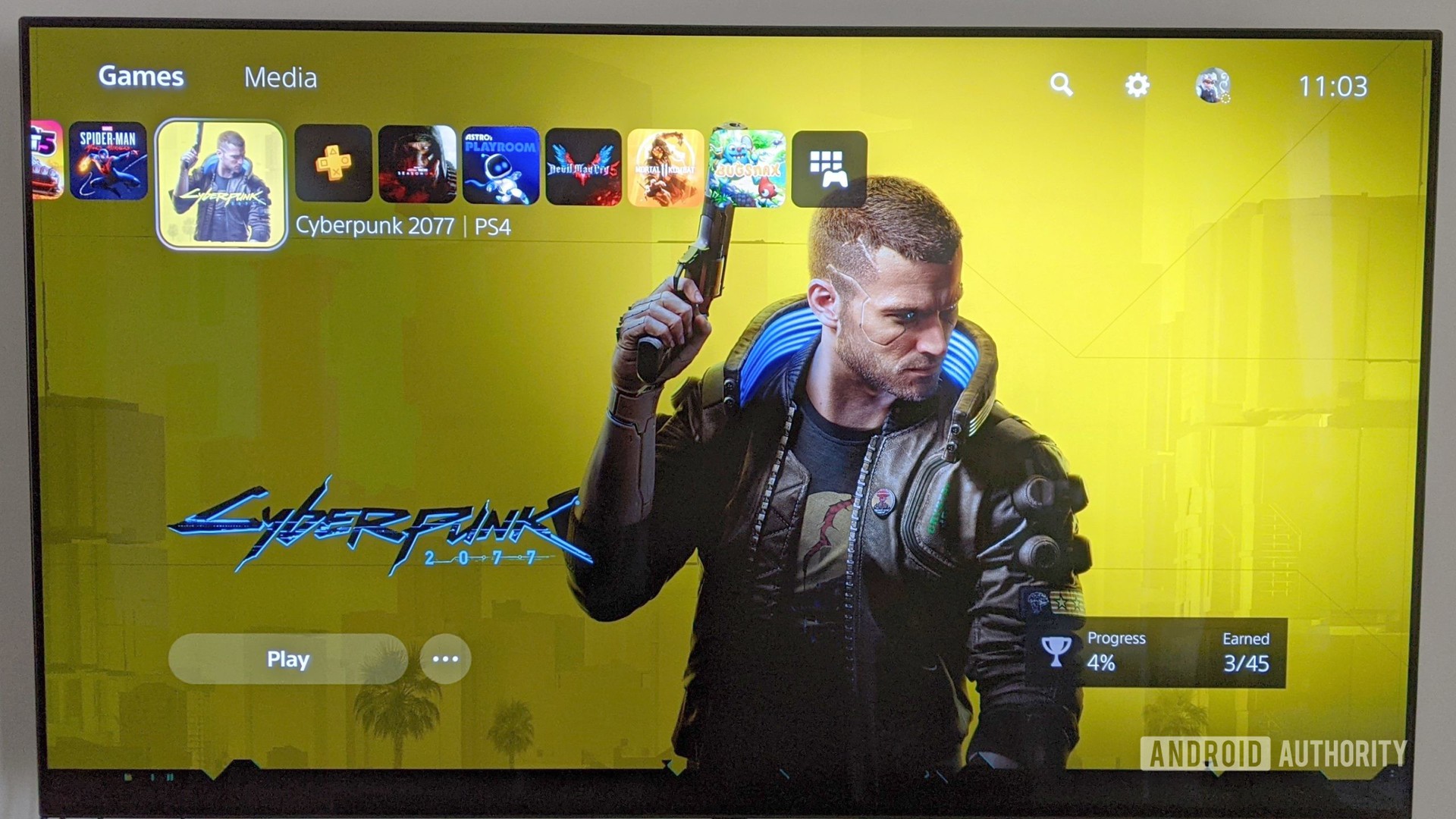
If a handheld can play the same games as a PS4 or PS5, it should be able to carry over accounts, saves, and settings, too. Cross-device sync is becoming as increasingly par for the course in the PC/Xbox world, so for Sony to split consoles and handhelds again would seem arbitrary.
Where Sony might need nudging is in cross-buy and cross-play. Rival Microsoft is increasingly acknowledging that sales are sales, and that people aren’t eager to buy the same thing twice. While many games were cross-buy enabled, Sony wasn’t all-in on that philosophy in the Vita era, and could quickly doom itself by asking gamers to pay extra for two platforms on a modern handheld. People are already upset at having to pay publishers for PS5 upgrades to some PS4 games.
Related: The best handheld consoles
Sony has a chequered history with allowing cross-play with other platforms, but its notoriously stubborn attitude has been easing in recent years. Allowing its portable players to mix with PC, Xbox, and Switch players, would be a must.
An unlikely but mind-blowing feature would be syncing game state. The PS5 can preserve the state of its last active game in Rest Mode — imagine being able to beam this data over to a handheld and resume exactly where you left off. It would demand some OS work, but would present a clear advantage over mobile gaming.
Will we see a new PlayStation portable console?
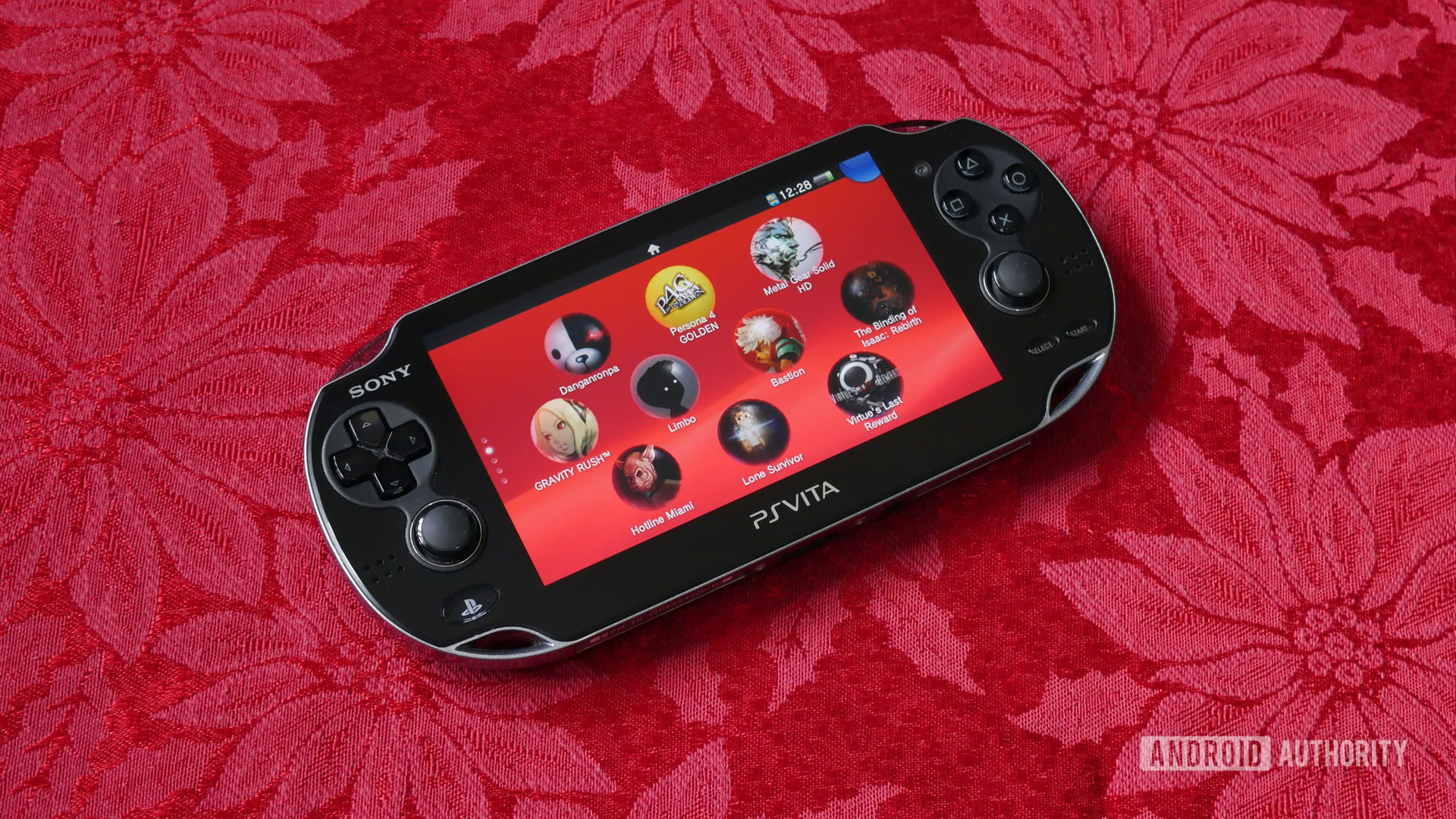
At this stage in Sony’s history, a new PlayStation portable console looks unlikely. The company is no doubt envious of the Switch’s success, but with multiple failures on record, it would need to find a radically different approach to justify trying again (perhaps a PlayStation phone?). That might entail many of the ideas mentioned here, but perhaps not. Iteration isn’t always the best answer — if Nintendo had simply iterated on the Wii U, for instance, we wouldn’t have had the Switch.
Would you like to see a new PlayStation portable console?
Sony is likely content with its situation. The PS5 has been setting sales records, and remains difficult to snap up without paying scalpers. Returning to handhelds could mean jeopardizing profits, and taking on not just Nintendo and Valve but also gaming on phones and tablets.
Would you like to see another PlayStation portable? Let us know in the poll above and in the comments.
